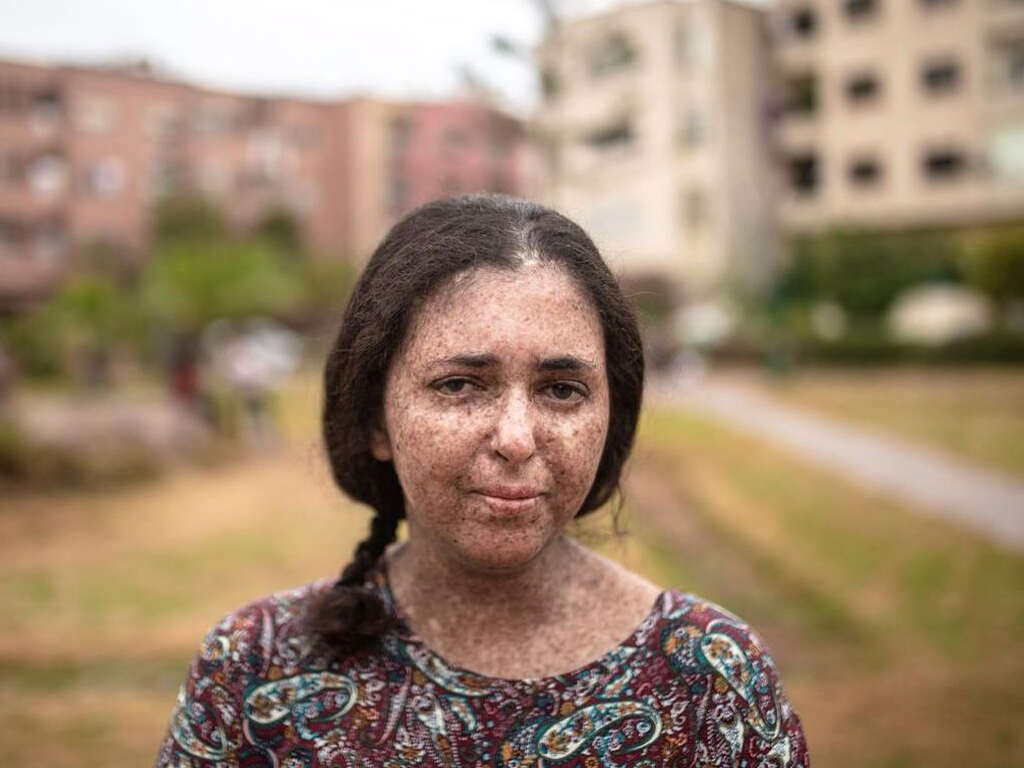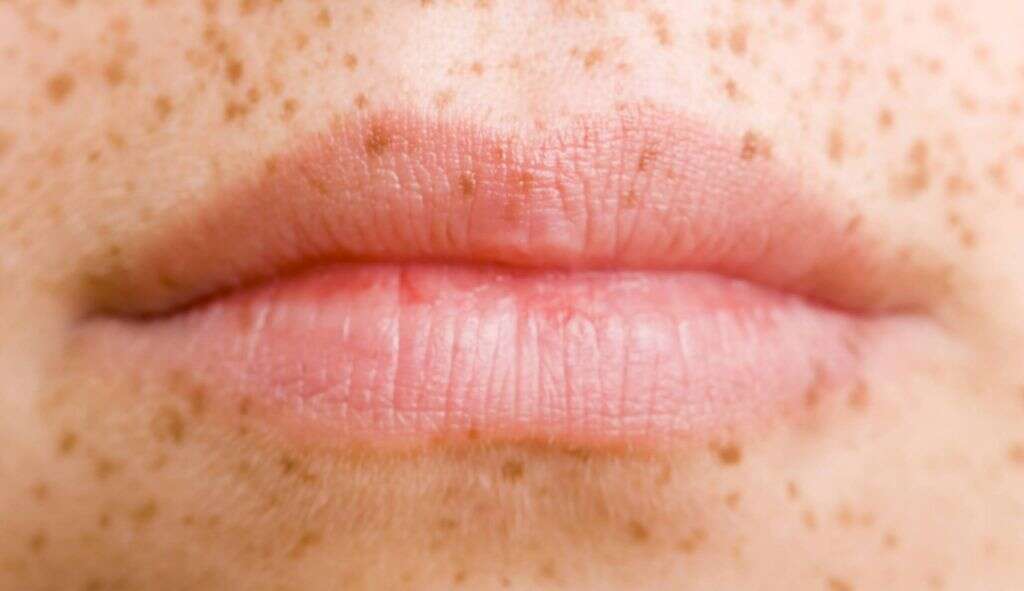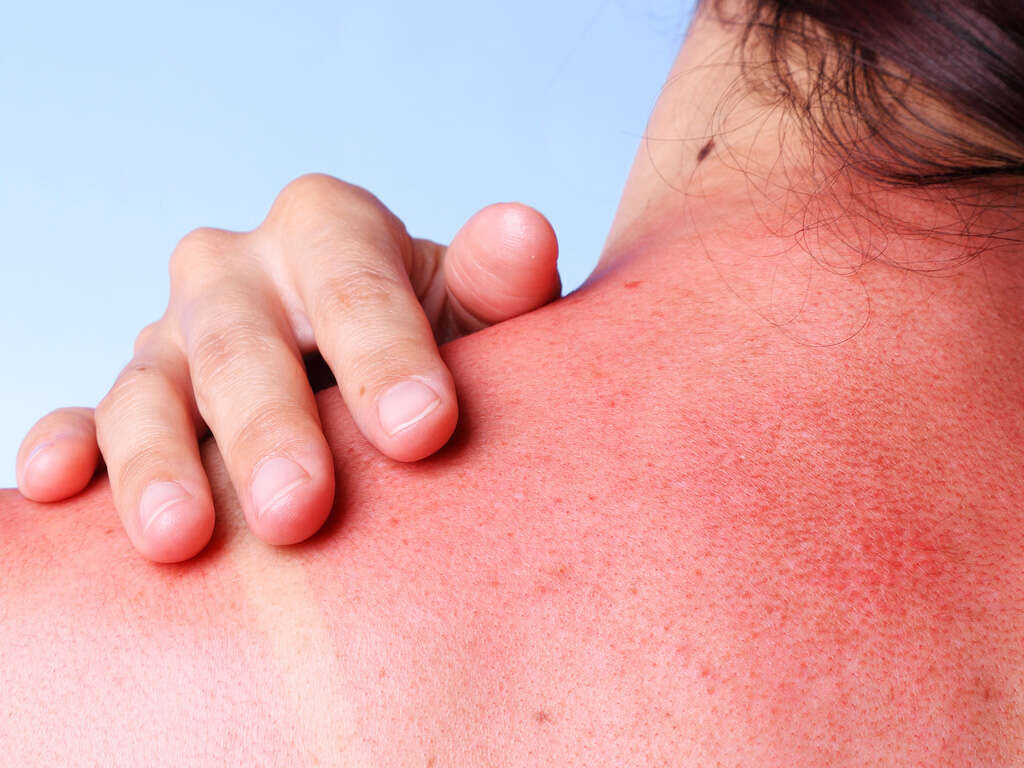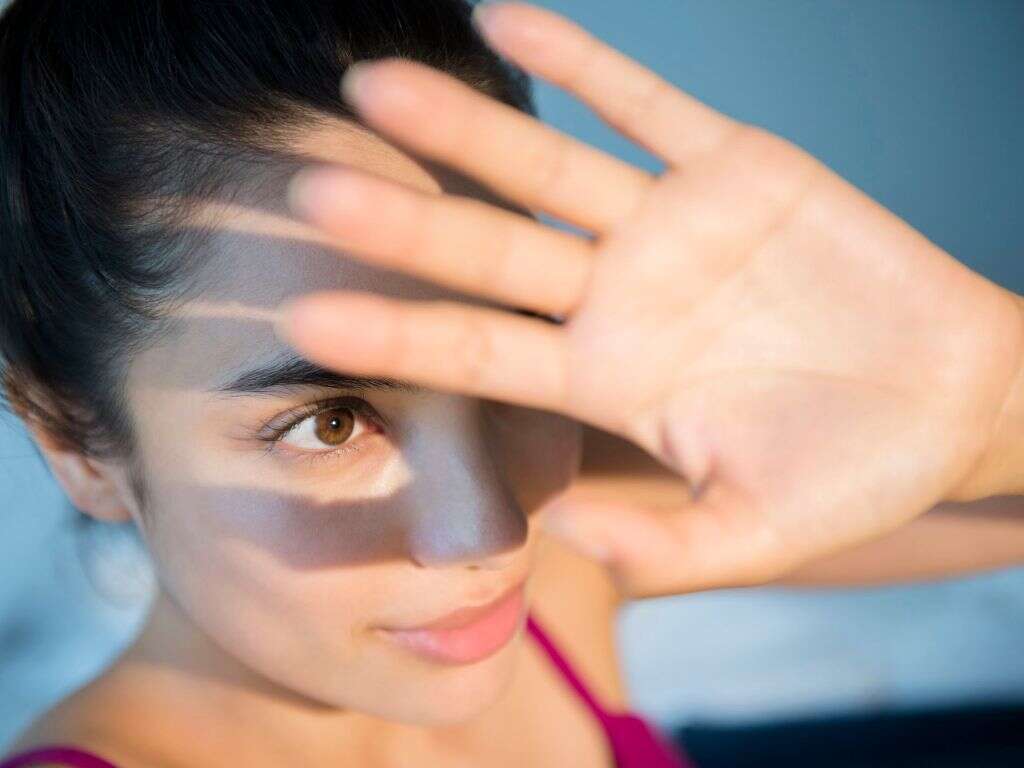What Is Xeroderma Pigmentosum?
The sun is essential to us. Not only does it make for great weather during the summer, but it is essential for our very existence. It helps to prevent our planet from becoming too cold for life, and it constantly bathes our planet in the energy that is needed for life to exist.
As beneficial as it is for us, however, we do need to treat it with respect. The Sun’s rays have the potential to burn our skin despite having travelled more than 150 million km. It can cause nasty burns and it can also increase the chances we will get cancer. Xeroderma pigmentosum is a condition where people are even more sensitive to the sun than usual, to the point where they must avoid it altogether.

1. Xeroderma Pigmentosum
Xeroderma pigmentosum is a condition that causes the patient to become abnormally sensitive to UV light. This means that they need to avoid exposure to the sun in order to prevent some serious complication arising. People with the condition will often need to avoid going out in the daytime altogether. The condition typically also means that damage to DNA cannot be repaired.
Xeroderma pigmentosum is a very rare condition that affects approximately 1 in every 250,000 people on average globally. It is less common in Europe and in the United States, where it will affect just 1 person in every 1 million. The condition is usually diagnosed when the patient is young, and it will even be diagnosed before the patient is born in some cases.

2. Causes
Xeroderma pigmentosum is passed down to the patient from their parents. There are eight varieties of the disorder, each of which is caused by mutations in a different gene. 7 of these are recessive conditions, meaning that both of the patient’s parents had the faulty gene. The parents would not have had the disorder themselves, however.
The other type is an autosomal dominant condition, which means that only one of the patient’s parents had the gene. In addition, the parent with the gene would also have had the disorder. Sensitivity to sunlight is a symptom regardless of which variety of the disorder a person has.

3. Skin Symptoms
Often the first signs of the disease are that the patient will begin to develop freckles after being exposed to direct sunlight. The freckles will likely appear on the patient’s arms, legs, neck, and face. The patient’s skin can begin to burn immediately when exposed to sunlight, and their skin can also develop blisters. The burns and blistering can be very severe.
Other symptoms include hypopigmentation, which means the skin losing color, or hyperpigmentation, which means the skin gets darker. The patient can also experience scarring and telangiectasia, while spider veins are another possibility. Their skin can also become thinner and weaker.

4. Necessary Precautions
Xeroderma pigmentosum will need to prevent all light from getting into the home in the daytime. The patient will need to be careful whenever doors and curtains are opened lest they get burned by the sun’s rays. They also have to take extreme precautions should they need to step outside their home in the daytime.
This will include applying creams and lotions that provide maximum possible protection against the sun’s rays. The patient will also need to wear long clothing that will help to block the sun, and hats that help provide as much shade as possible. Glasses that absorb UV rays will also be necessary, and they will need to protect against the Sun’s rays from all angles.

5. Neurological Symptoms
Patients with some types of xeroderma pigmentosum will also display some neurological symptoms. These include poor motor skills and poor reflexes. The patient might also have poor control over their movements, and their muscles can be weaker than usual. Spasticity is another potential symptom which causes some of the patients’ muscles to contract permanently.
The condition can also cause microcephaly, which is an abnormally small head, and it can also cause other developmental delays. Some patients will also have dwarfism, and hypogonadism, which means the patient’s genitals don’t develop as they should. The condition will also commonly cause mental deficiencies.

6. Vision and Hearing Symptoms
In addition to having problems with their skin, patients with xeroderma pigmentosum will also sometimes have problems with their vision and hearing. For example, the patient can be more sensitive to light than usual. They can also find that their eyelids turn outwards or inwards abnormally.
Patients with the condition can also produce more tears than usual, the lens of their eyes can become cloudy, and the cornea can become inflamed. Lesions close to the eye will also cause blindness in some cases. Some patients will also begin to lose their hearing, and some will permanently lose their hearing altogether.

7. Complications
In addition to the symptoms that have already been mentioned, xeroderma pigmentosum can also result in a number of other potentially serious complications. One of these is that their sensitivity to the light and DNA being damaged can lead to cancer. In most cases it will be skin cancer.
The cancers are sometimes malignant and will need to be removed to help save the patient’s life. This can mean surgical operations that remove large sections of the patient’s flesh, potentially causing severe disfigurement. This will often mean the patient’s face which is most likely to be exposed to the sun.

8. Associated Conditions
Some other medical conditions are closely associated with xeroderma pigmentosum, and the patient may be diagnosed with these also. One of these is trichothiodystrophy, a rare condition that can also cause sensitivity to the sun. Other symptoms include alopecia, anemia, and a lack of fat beneath the skin.
Another is Cockayne syndrome, which also known as Neill-Dingwall syndrome. This is a rare type of dwarfism that can also cause premature ageing and photosensitivity. There is also Bloom syndrome, which causes sensitivity to the sun, short stature, a high-pitched voice, and some very distinctive facial features. These conditions also cause the inability to repair damaged DNA.

9. Who’s at Risk
As mentioned, xeroderma pigmentosum is a hereditary condition. This means that people that were not born with the condition are not at risk of catching it. The symptoms are not always present straight away, however. If somebody wanting to have children has the faulty gene, there is a chance their children might have the disorder.
Some people are carriers of the gene without knowing. It is also more likely in people that live in certain parts of the world. This might be down to some populations having a common individual ancestor. People that are too similar genetically can also pass on the condition if they have the faulty genes.

10. Treatment
There is no known cure for the condition, but the symptoms can often be managed to help limit the impact on the patient’s life. It will be important for the patient to get regular check ups for cancer to help catch any issues as soon as they develop. This will help keep the patient safe, and help prevent the need for disfiguring surgery.
The main source of treatment is simply to limit the patient’s exposure to the sun as much as possible. This can mean preventing them from leaving the home, or at least giving them adequate protection when they do leave the home. Specialist equipment is available that can help measure UV levels from artificial light sources to help limit the patient’s exposure to the rays.












